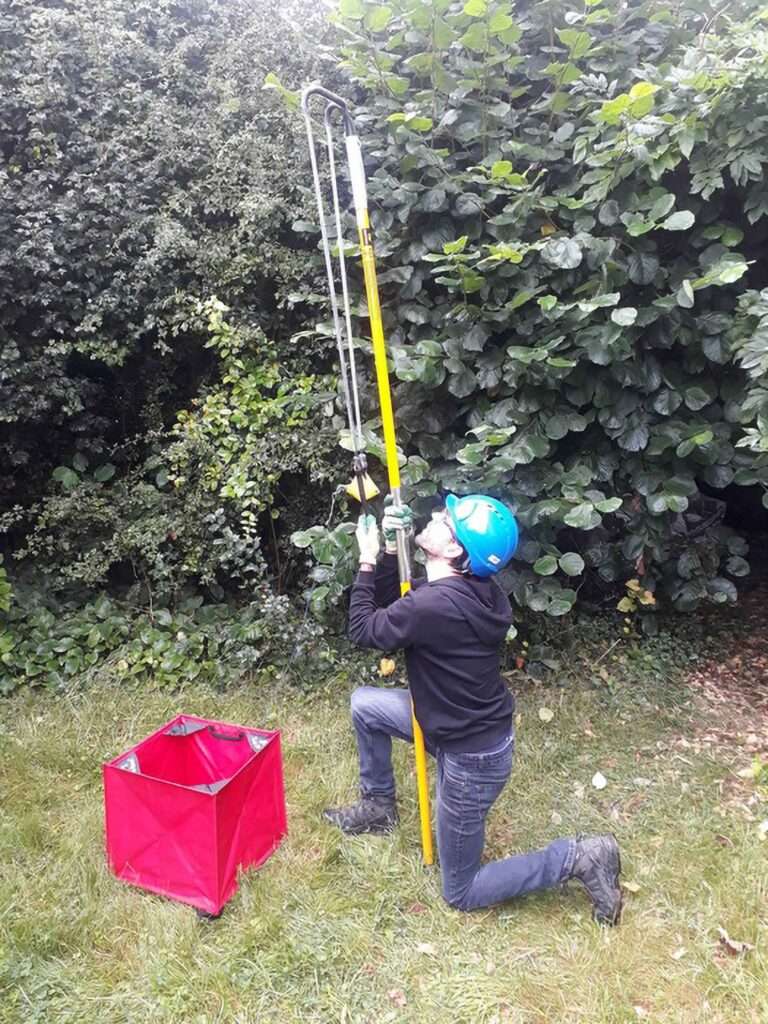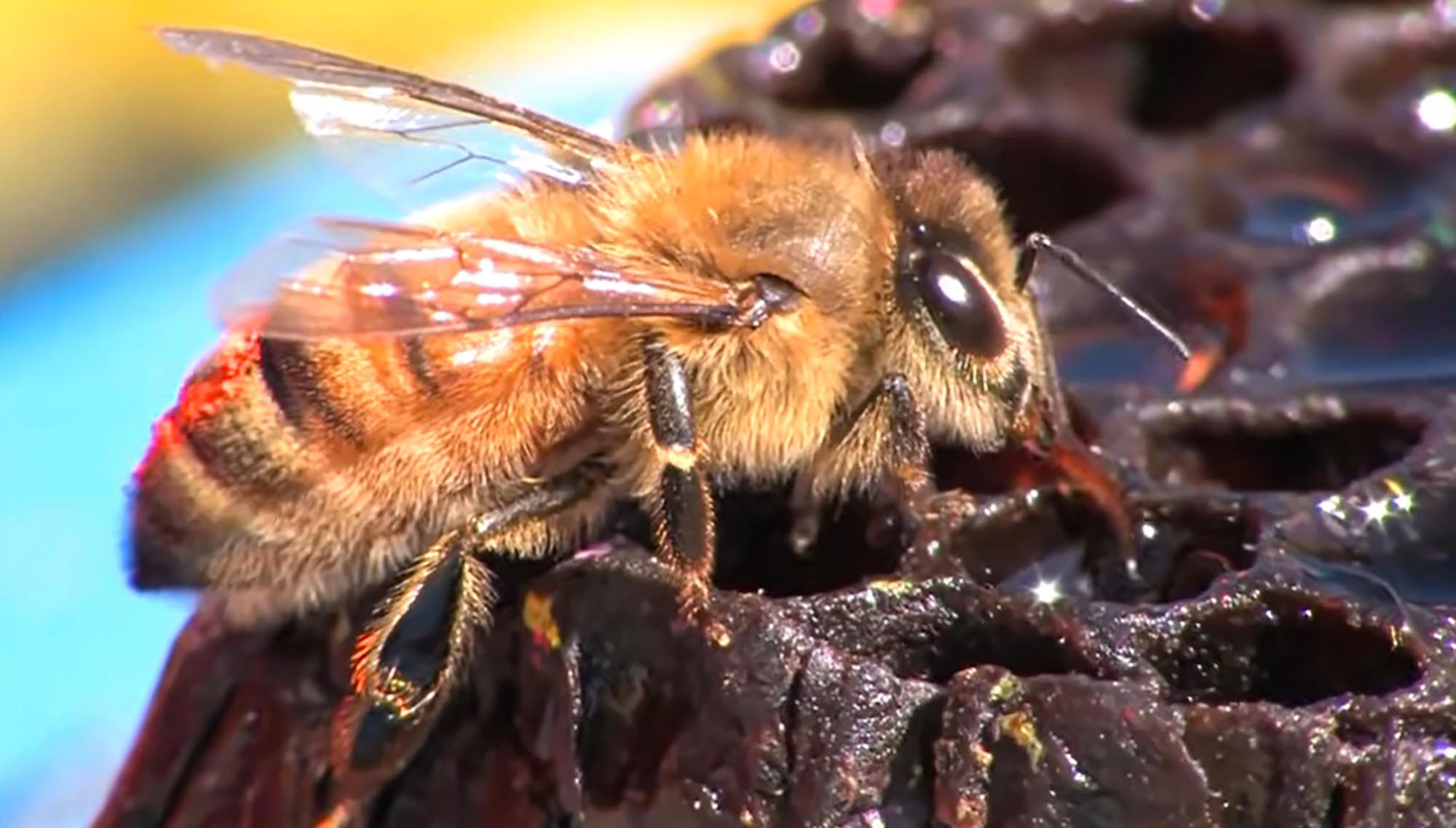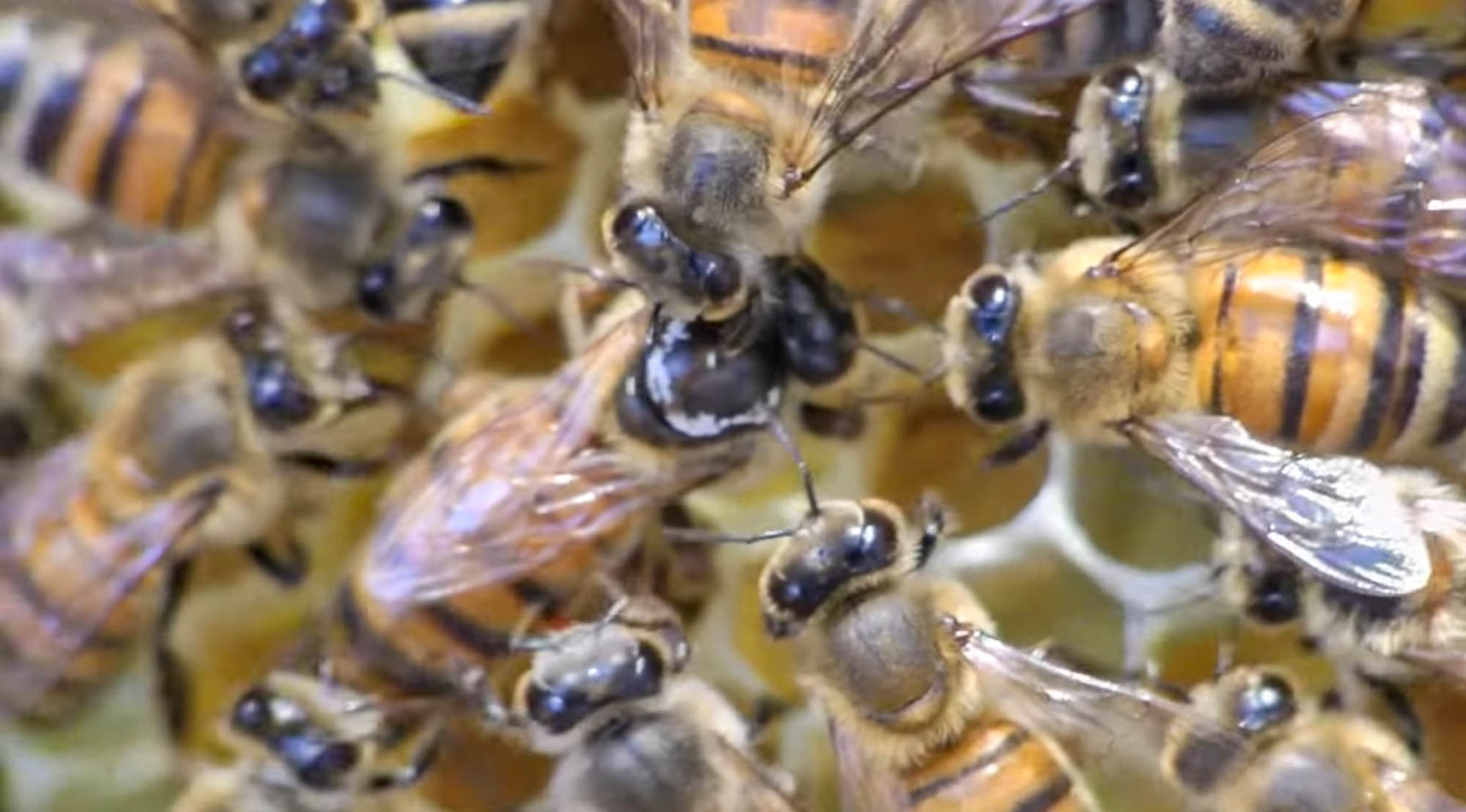The treetops of forests in eastern England might be more popular among bees than previously assumed, a new study suggests.
The interiors of woodlands are generally not considered to be among the favoured habitats of wild bees who prefer dry and warm conditions.
However, researchers from the University of East Anglia (UEA), Norwich, registered intense activity of different wild-bee communities among the branches and foliage in the canopies at Norfolk forests.
Especially the pollen-rich Sycamore trees proved particularly attractive to the undomesticated insects.
Dr Richard Davies, from UEA’s School of Biological Sciences, explained: “Wild bees are a major contributor to crop pollination services, but to thrive in agricultural landscapes they also need non-crop habitats to provide places to nest and flowers to feed on.

“Shaded woodland interiors are often considered poor foraging habitat for bees, but until now, bee activity in the sunlit woodland canopy has scarcely been investigated.”
Lead researcher Guthrie Allen added: “We wanted to find out more about the potential for the woodland canopy to support wild bee communities.”
The experts examined bee communities in 15 woodland sites across Norfolk during late spring.
They scrutinised the levels of bee activity not just in the canopy at heights of up to 20 metres but also at the understory of woodland interiors and on exposed woodland edges.
Allen said: “We found that a diverse community of wild bees are active in the woodland canopy – by which we mean high up among the trees’ branches and foliage. Activity levels were particularly high near flowering Sycamore trees.”
He added: “We were surprised to find that most bee species were just as abundant in the understories of woodland interiors as they were at the sun-exposed edges bordering farmland.”
The UAE School of Biological associate tutor concluded: “Our findings show that wild bees have the potential to exploit the plentiful sources of nectar and pollen available in woodland canopies.
“Nectar-producing trees, such as Sycamore, are likely to represent a significant food source for many bee species, while some may even collect pollen from wind-pollinated trees, such as oak.

“Our findings also show the potential for the understory of managed woodlands to support bee communities. Further investigation is needed to understand why communities differ between the canopy and understory, but overall, our work suggests that woodlands play a more significant role in supporting farmland bee communities than previously thought.”
Solitary bees such as carpenter bees, mason bees and sweat bees are referred to as wild bees. They normally do not produce beeswax or honey. However, wild bees play an important role in ecosystems due to their pollination of various flowers and plants.
The UEA scientists’ study entitled “Canopy sampling reveals hidden potential value of woodland trees for wild bee assemblages” has been published in the journal Insect Conservation and Diversity.











